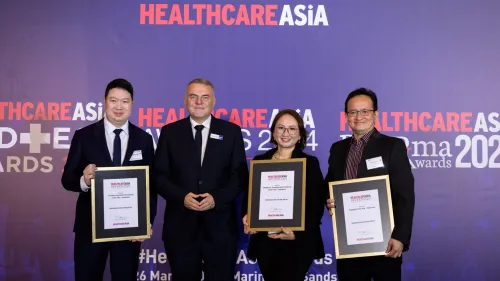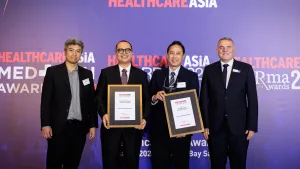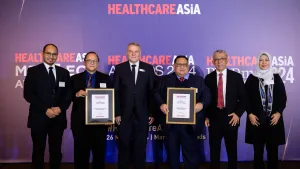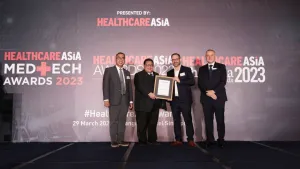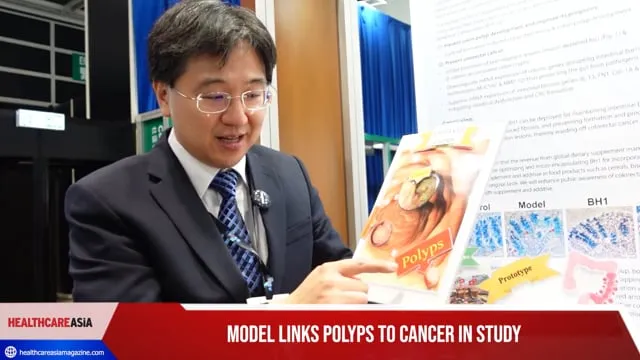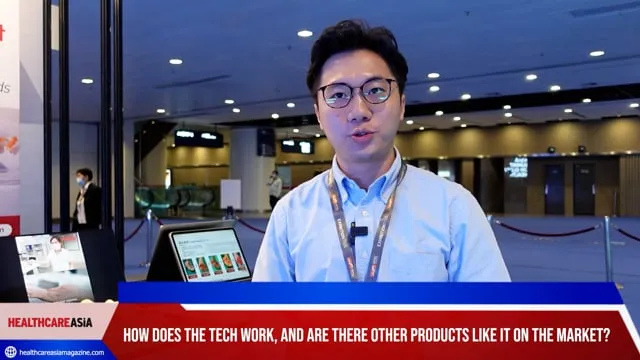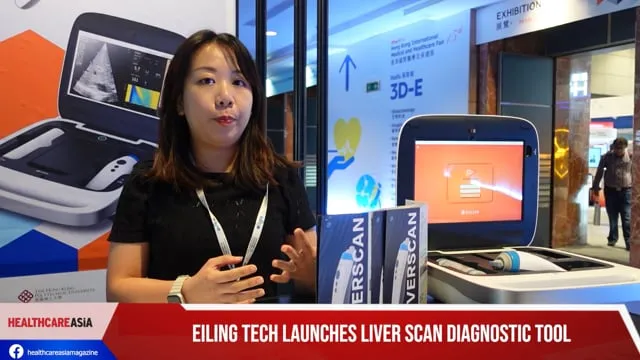
India's allocation for health to balloon by 20% to US$7b
Is it high time for a sustainable financial model?
If India is to eliminate diseases such as leprosy, measles, and tuberculosis by 2025, the country will have to start increasing its health budget sooner rather than later.
Considered one of the fastest-growing economies in the world, the country is home to 35% of the world’s poorest people. Current spending on healthcare is below the average of 6.5% (of GDP) expected for the Asia and Australasia region.
“The healthcare sector in India has struggled for long with multiple health indicators, including high maternal mortality rate (MMR), high infant mortality rate (IMR) and low life expectancy rates,” said Nitin Atroley, Partner and Head of Sales and Markets at KPMG India. “However, the situation has drastically changed over the years and the healthcare sector is rapidly contributing to both employment as well as revenue.”
Charu Sehgal, LSHC Industry Leader of Deloitte India, has attributed this growth mainly to private players. “Public spending has remained quite low and resulted in inadequate infrastructure and manpower in public health facilities, especially in rural areas,” she adds.
In response to this, reports from the Economist show that under the Union budget for fiscal year 2017-18, allocation for health will rise by more than 20% to Rs 489 billion ($7 billion) from the previous year’s estimate of Rs 384 billion. Additionally, Finance Minister Arun Jaitley announced an increase of Rs 31 billion towards expenditure on the National Rural Health Mission (NRHM), a scheme that aims to provide accessible, affordable, and quality healthcare to the rural
population.
Optimism also remains as growing demand, supportive policies, innovation, and increasing investments direct the growth of the sector. The India Brand Equity Foundation reports that these factors, which include rising income, ageing population, growing health awareness, precautionary treatments, and medical tourism, are set to ensure the growth of the sector from here on out.
According to the IBEF, the NITI Aayog (the economic advisory body of the government) has allocated $55 billion to the Ministry of Health and Family Welfare under the 12th Five-Year Plan from 2012-2017. The plan, which focuses on providing universal healthcare, strengthening healthcare infrastructure, and promoting R&D, hopes to establish “a system of Universal Health Coverage (UHC) in the country that means each individual would have assured access to a defined essential range of medicines and treatment at an affordable price, which should be entirely free for a large percentage of the population.”
This is echoed by KPMG India as well: “The healthcare sector in India deserves a sustainable financial model, a global standard infrastructure and universal insurance coverage to ensure affordable and accessible healthcare to all.”
Despite these reported increase and developments, some critics still say that the proposals fall short of the amount needed for key programs such as the National Urban Health Mission and family planning programmes. Disagreements between the health ministry and the NITI Aayog also stall the progress of the proposals.
While the current draft policy, if approved, falls short of its original goals, India’s health sector is still on its way to improving healthcare service delivery with the cooperation of both the public and private sector with other enterprises.
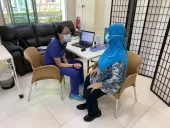

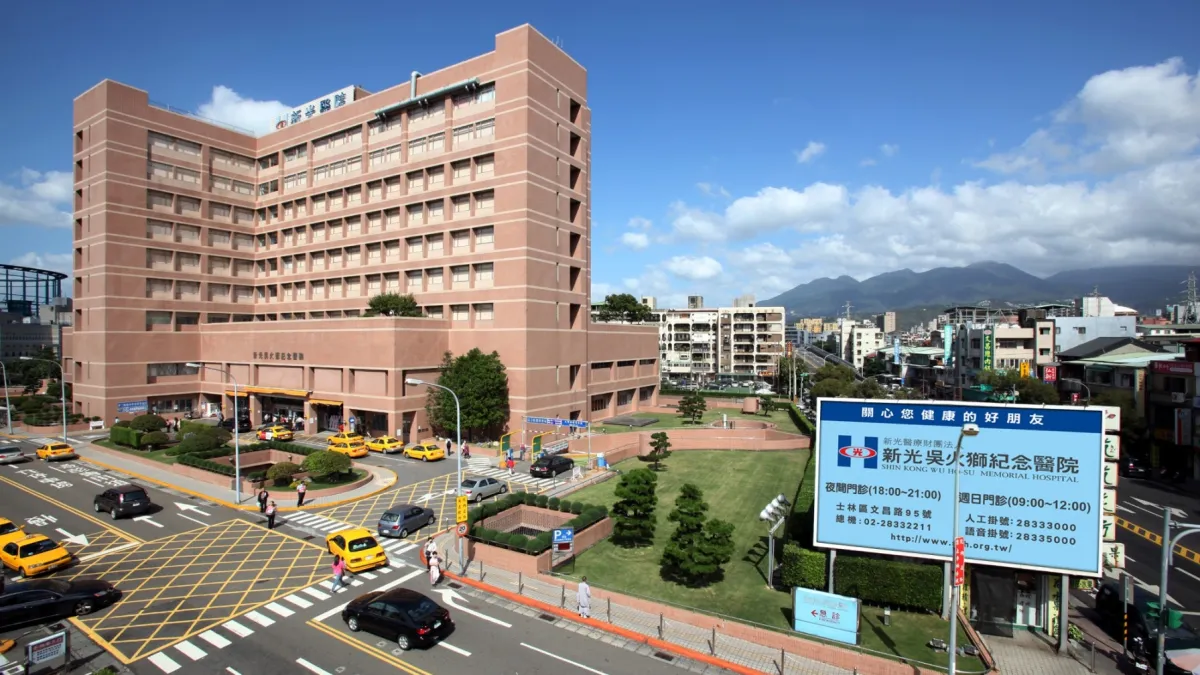

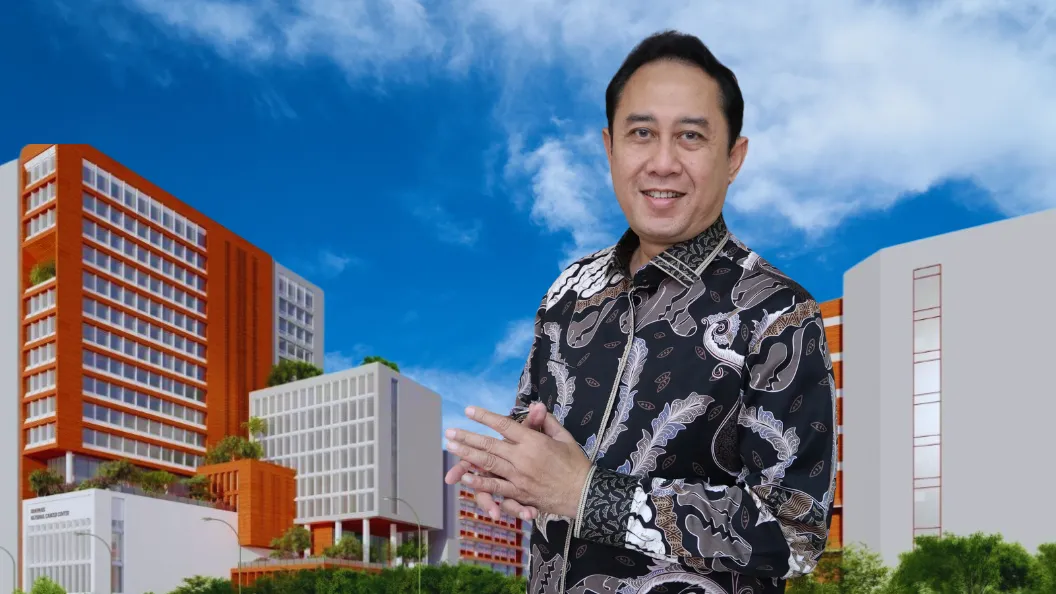
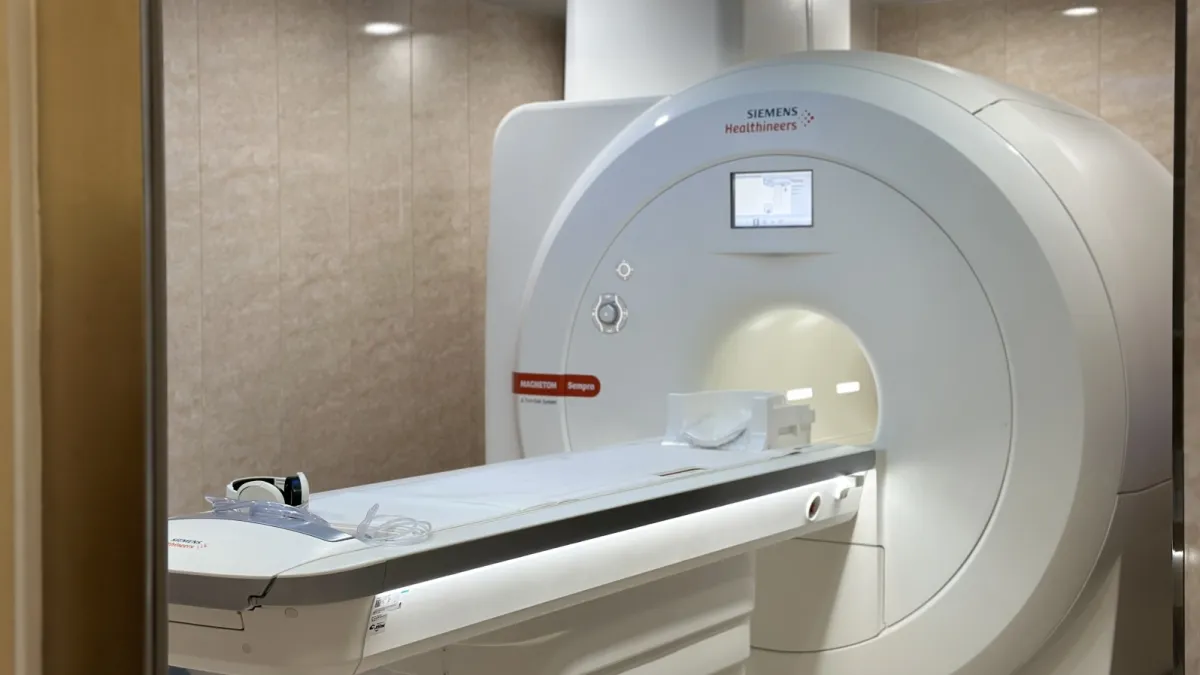



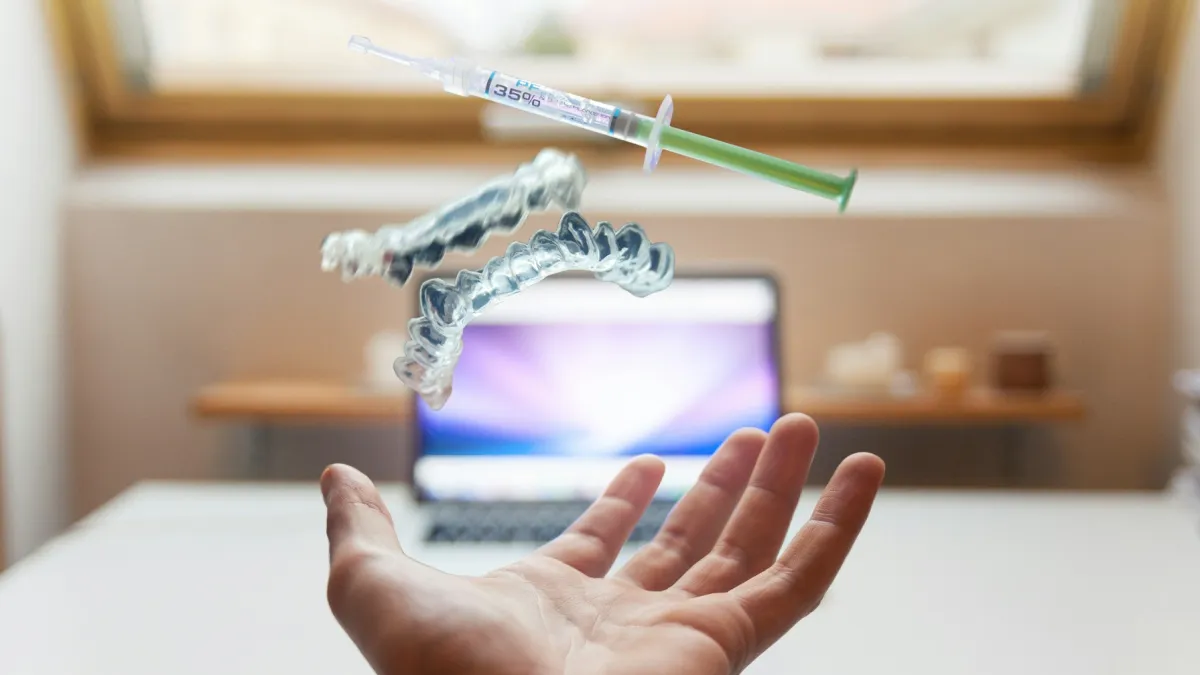
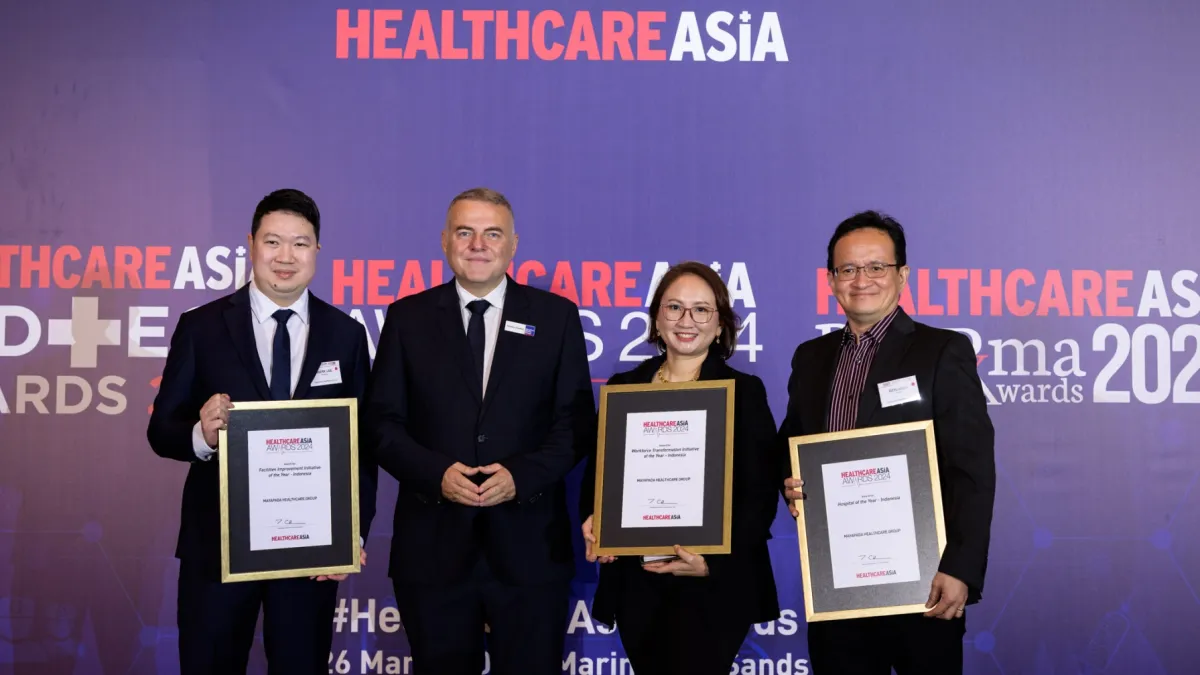
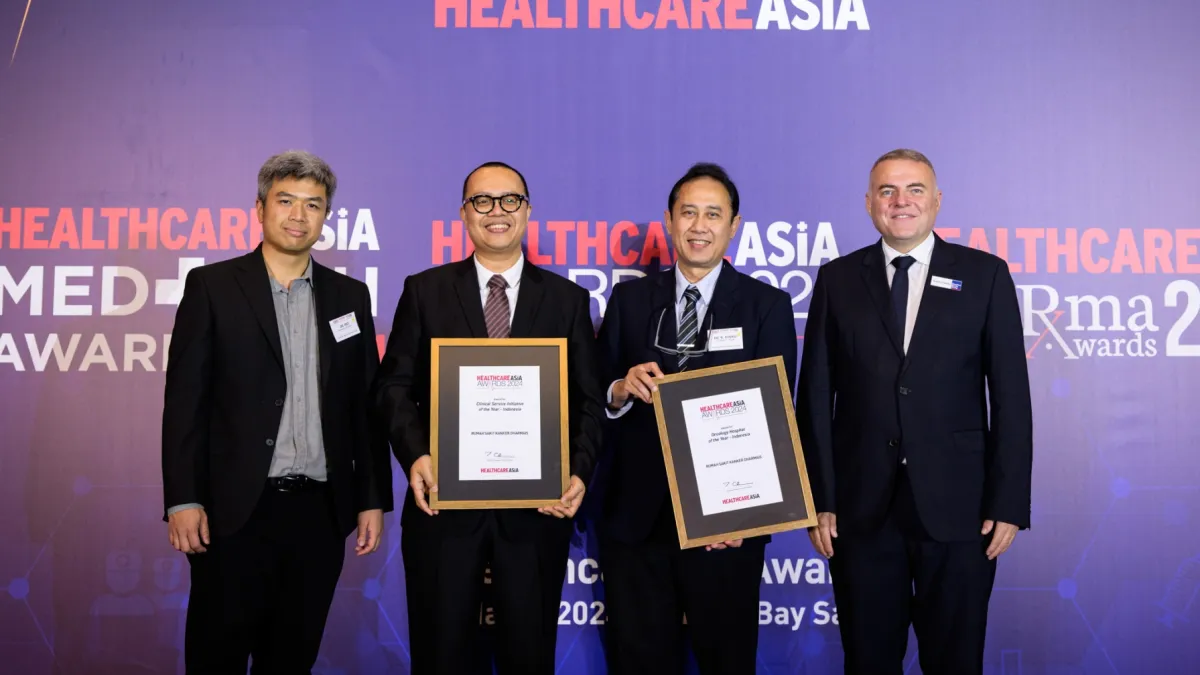
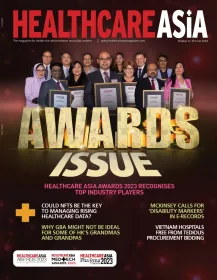
 Advertise
Advertise
